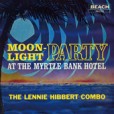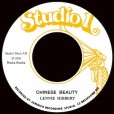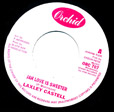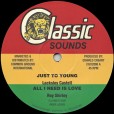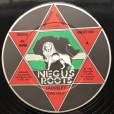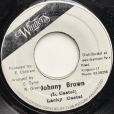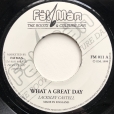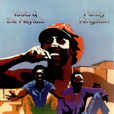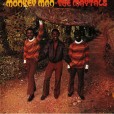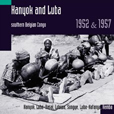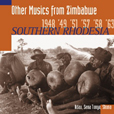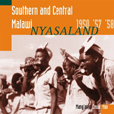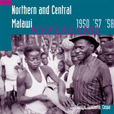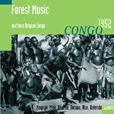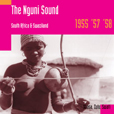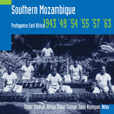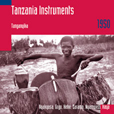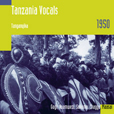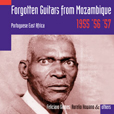Your basket is empty

Two-thirds from the townships of the copper mines of Katanga Province, showing the early urbanisation of traditional sounds, the guitar taking over the thumb-piano parts.
Assorted mbira, mouth bows, karimba, story-songs, mulanji flutes, panpipes, drums.
The bangwe board zither, gourd kazoo big bands, tuned likhuba drum ensembles, virtuoso xylophone, a capella singing.
The bangwe zither, the one-stringed karigo lute, the kubu bow, the kalimba, malipenga gourd-kazoo marching music, choral and polyphonic singing.
From the copper mining towns of Katanga province, within the likembe tradition of the Luba peoples; and from the Zambian Copperbelt, diversely influenced by tradition or by American music from the radio.
Two Mangbetu communities from the rainforest, the Mayogo and the Meje: drum ensembles, mass singing, likembe. Also the xylophone and kundi harp of the Azande people; more harp songs by the Balendu.
Mostly unaccompanied singing; also with musical bows — just knockout, some of the most beautiful music there is — flutes, and guitars and concertinas.
Sena and Ndau mbiras; Shangaan singing, drumming and xylophones; Chopi reedpipes and timbila xylophone orchestras, little girls playing ocarinas; Gitonga drums and singing horns.
Ligombo and nanga trough zithers, lamellophones, drumming, a flute requiem, Zanzibar grooves, a panpipe ensemble, a makondere horn band.
Six hundred Chagga singing on the slopes of Mt. Meru; one hundred Gogo on the plains near Dodoma. Funny songs by the Nyamwezi in Dar-es-Salaam; wigasha dance songs by the Sukuma near Lake Victoria; Masai chants.
The roots of marrabenta — compelling guitar-playing, and gritty songs about everyday issues, like having kids, sleeping around, snobbery and the supernatural.
